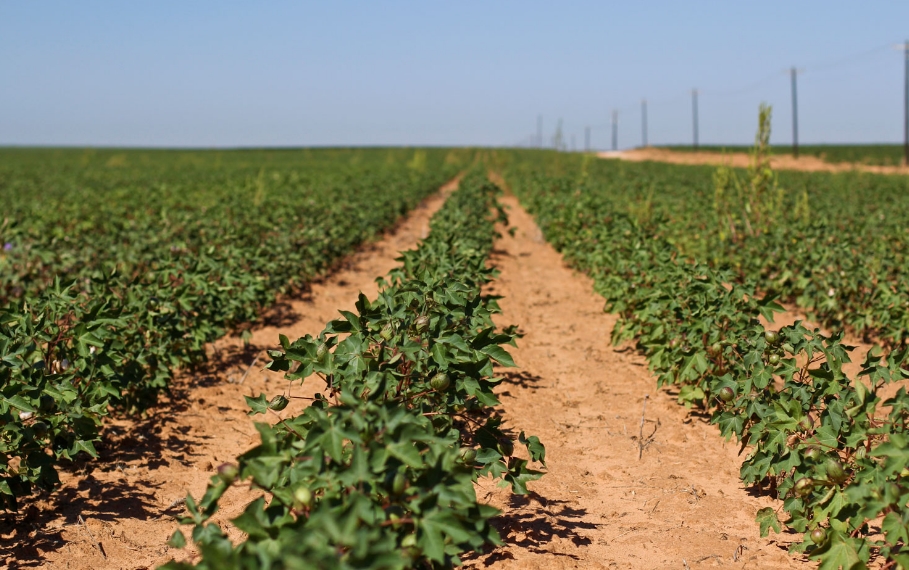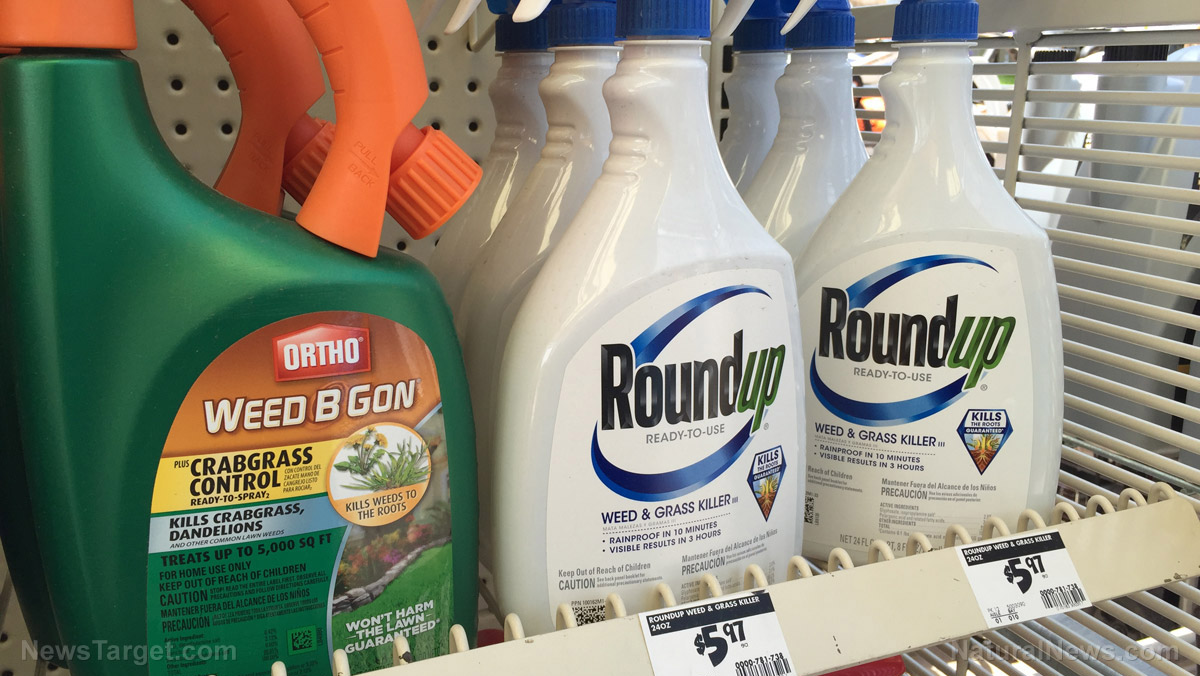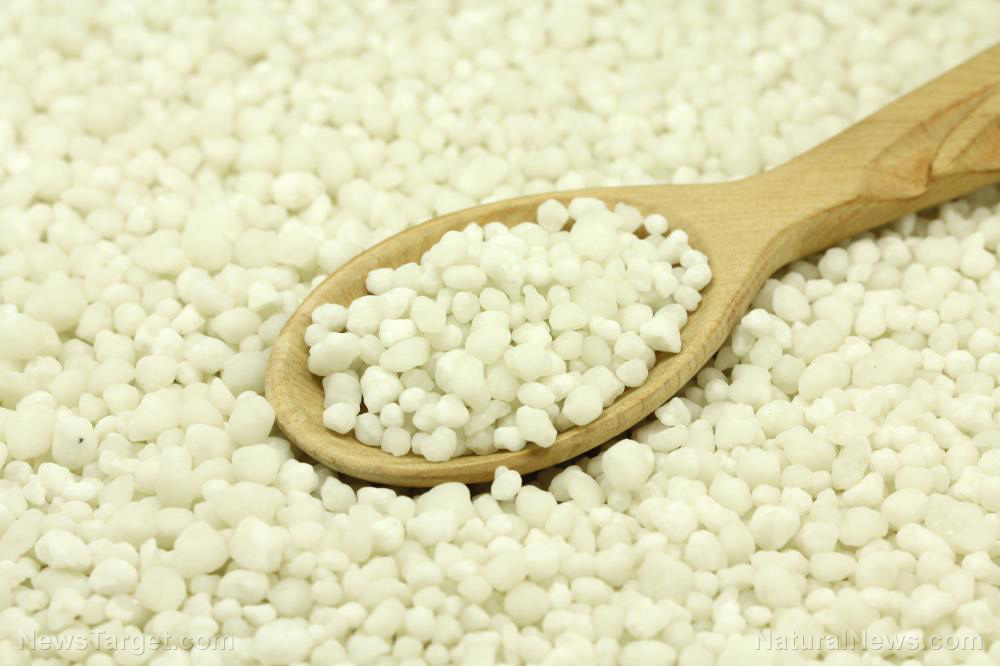
Jimmy Emmons, a seasoned farmer from Oklahoma, talked to other farmers at the 22nd annual No-till on the Plains conference about the no-till farming method and how it can rebuild an ecosystem.
In a separate talk, "controversial grazing guru" Allan Savory discussed the large quantity of "spent, lifeless soil" that erodes into the ocean yearly. Quoting from the Natural Resources Conservation Service of the Department of Agriculture (USDA), Savory shared, "A train load of soil 116 miles long leaves the country every day."
Erosion causes the loss of at least 1.7 billion tons of farmland around the world annually. Along with the soil, nitrogen and other nutrients slowly seep into and kill oceans and lakes. While the agricultural soil dies and disperses, it also releases greenhouse gases such as nitrous oxide and carbon dioxide.
Now that the world is looking into helping the soil and ecosystems recover, Emmons and other farmers who practice no-tilling could be crucial to ending drought, nitrogen pollution, and more.
Their changing methods, which now prioritize earthworms and water filtration, and the practice of other approaches that could called be regenerative agriculture, might prove to be revolutionary. Although the majority of no-till farmers think organic agriculture disrupts the soil, they still have similarities with a lot of the smaller-scale farmers who are a well known among today’s coastal consumers. (Related: Organic farming practices revive Indian farmland ruined by 2004 tsunami.)
No-till farmers and small-scale farmers might both spurred on by "the opportunity to be responsible stewards of the land while exploring creative solutions to the status quo."
More on no-till farming
No-till farming has been practiced for at least 50 years thanks to herbicides and precision planting tools that let farmers plant crops directly into the soil without disturbing it with tillage. However, since tilling (or breaking up the soil) is mostly used to control weeds, most farmers who practice no-till tend to control weeds using herbicide.
For the past 10 years, no-till emerged as a farming subculture of sorts because not tilling soil leads to various practices, such as growing cover crops (such as lentils, turnips, and radishes), managed grazing, and diversification, and boosting the number of cash crops in their rotations. Emmons notes that no-till without cover crops and crop diversity remains an incomplete system.
Combining the two can help revive "living fungal ecosystems in the soil, retain water and organic matter, and sequester carbon." A lot of the practices have also gained traction.
Even though it's not easy to determine if many of these farmers will use no-till and venture into other practices to help minimize the use of synthetic herbicides and fertilizers, it means that those who are interested in no-till can jump right in.
Emmons notes that since no-till is an approach that needs "gradual, system-level changes," things can be hard when you're starting. He did add that after at least three to four years, farmers can "start seeing fungal dominance, more diversity of living organisms in the soil, and more biomass in the system."
Christine Jones, an Australian soil ecologist, highlighted research that studied 27 kinds of vegetables and determined that since 1940, the amount of copper found in the food went down by 76 percent, while calcium declined by 46 percent, iron by 27 percent, magnesium by 24 percent, and potassium by 16 percent. Jones and other experts posit that this might be due to depleted soil. However, today's soils could lack the microbes necessary to help plants access those minerals instead of being mineral deficient.
Read more articles on how to farm using eco-friendly methods at GreenLivingNews.com.
Sources include:
Please contact us for more information.























